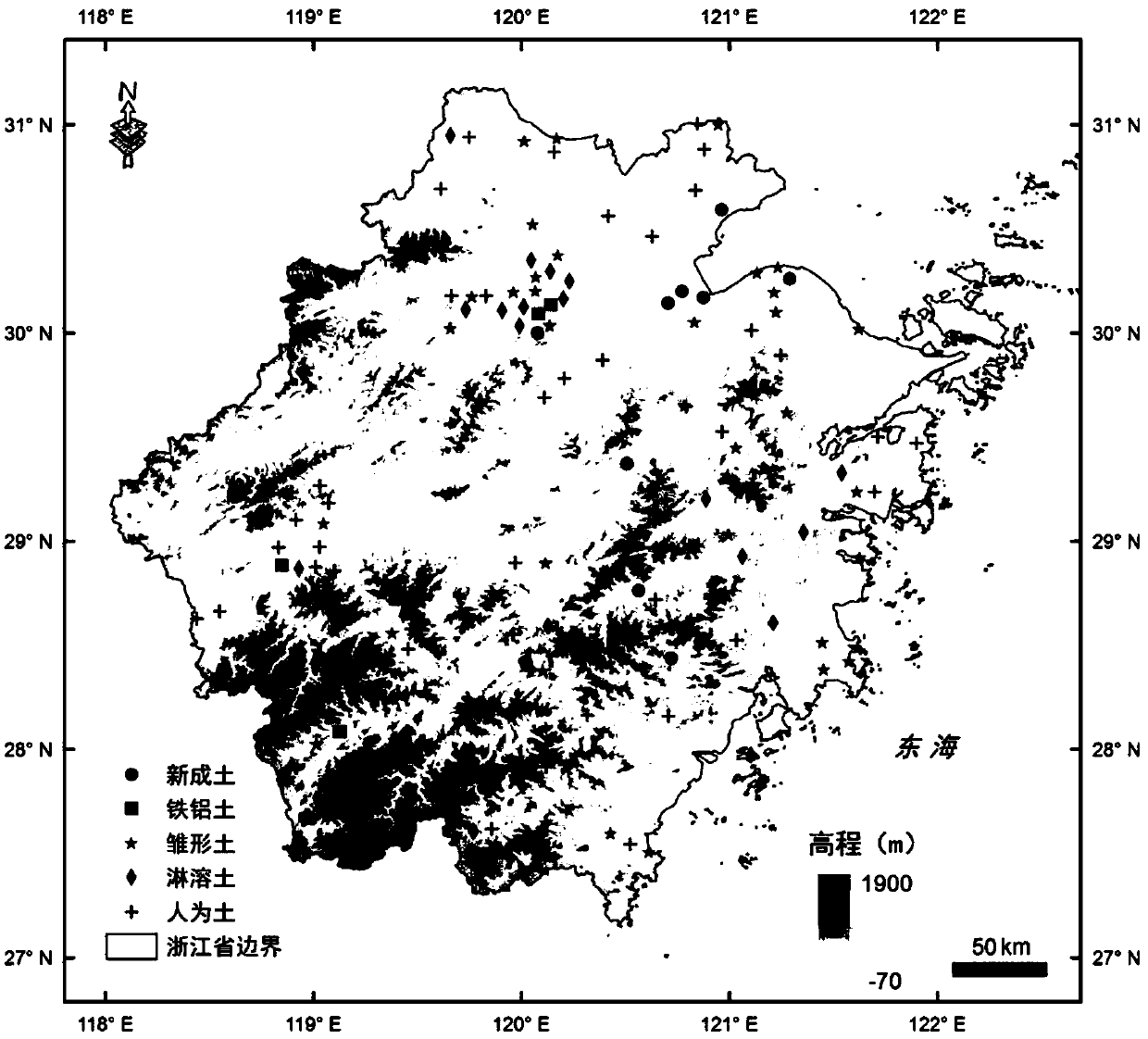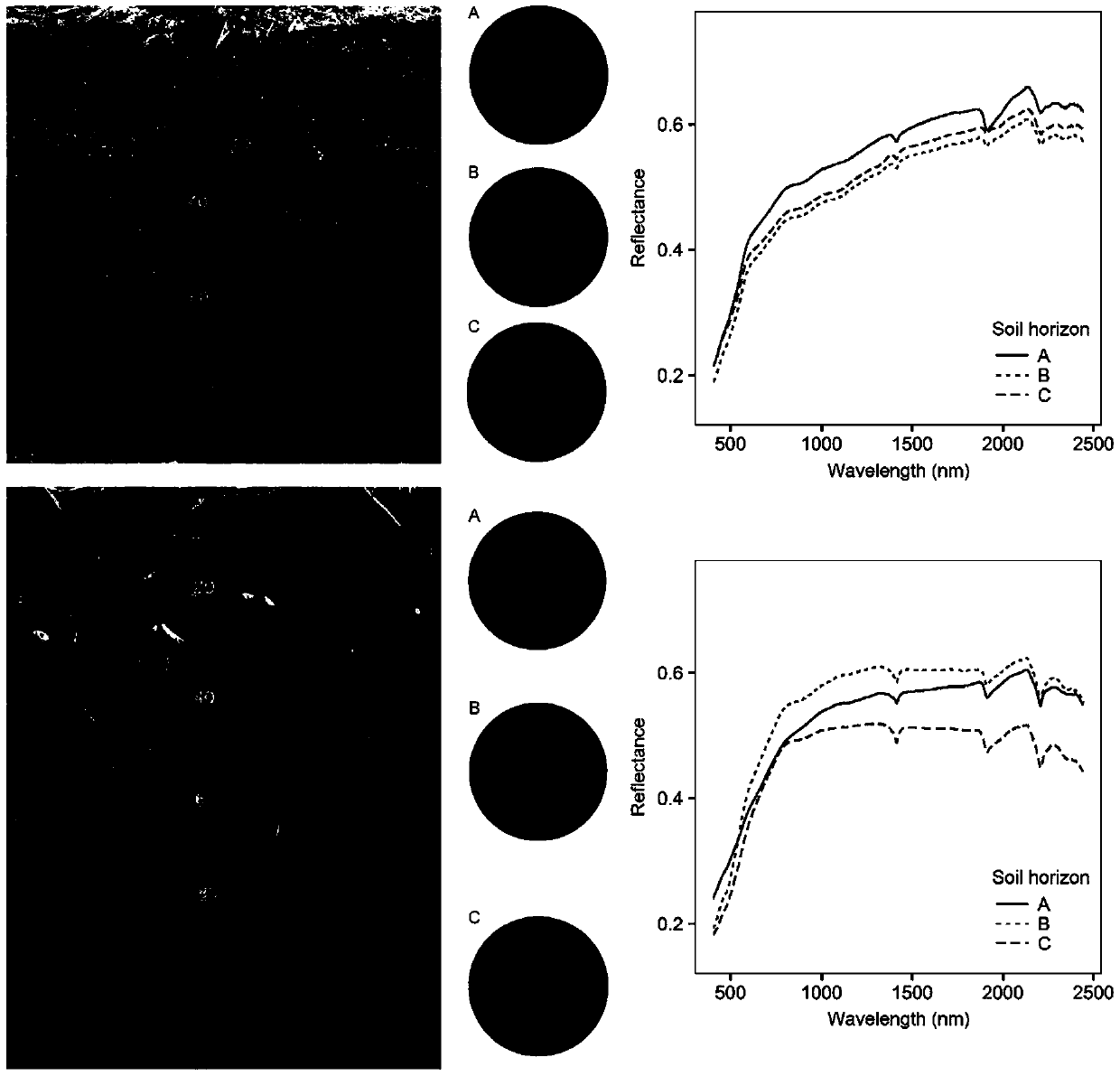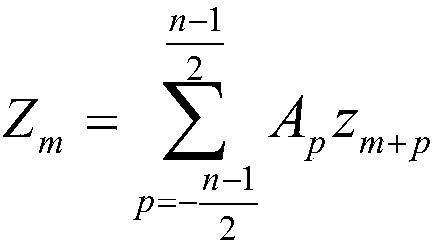Rapid soil classification method based on visible near infrared spectrum and multi-target fusion
A near-infrared spectroscopy, rapid classification technology, applied in the field of soil rapid classification, can solve the problems of reducing classification accuracy, weakening soil spectral characteristics, reducing the scientific nature of soil classification, etc., to reduce dependence and reduce testing costs.
- Summary
- Abstract
- Description
- Claims
- Application Information
AI Technical Summary
Problems solved by technology
Method used
Image
Examples
Embodiment
[0056] In this example, the visible-near-infrared spectrum of a typical soil profile in Zhejiang Province was selected for modeling, and finally a rapid classification model for soil types was obtained.
[0057] The soil rapid classification method based on visible near-infrared spectrum and multi-target fusion of the present invention comprises the following steps:
[0058] Step (1): According to expert knowledge, samples of each occurrence layer of 131 soil profiles in Zhejiang Province were collected. According to the classification of soil systems in China, soil experts obtained the soil type of each soil profile through profile diagnosis and laboratory physical and chemical analysis, and formed a soil profile. data set. The spatial distribution of the soil profile is as follows figure 1 .
[0059] Step (2): The samples of each occurrence layer of each soil profile were dried, ground and passed through a 2mm hole sieve, and then used ASD FieldSpec 3 visible-near-infrared...
PUM
 Login to View More
Login to View More Abstract
Description
Claims
Application Information
 Login to View More
Login to View More - R&D Engineer
- R&D Manager
- IP Professional
- Industry Leading Data Capabilities
- Powerful AI technology
- Patent DNA Extraction
Browse by: Latest US Patents, China's latest patents, Technical Efficacy Thesaurus, Application Domain, Technology Topic, Popular Technical Reports.
© 2024 PatSnap. All rights reserved.Legal|Privacy policy|Modern Slavery Act Transparency Statement|Sitemap|About US| Contact US: help@patsnap.com










